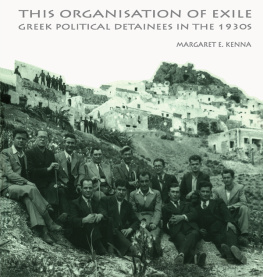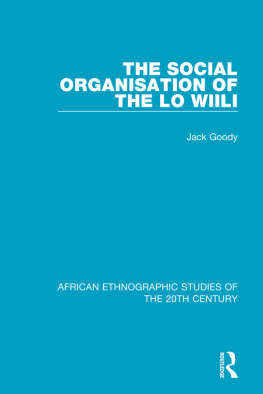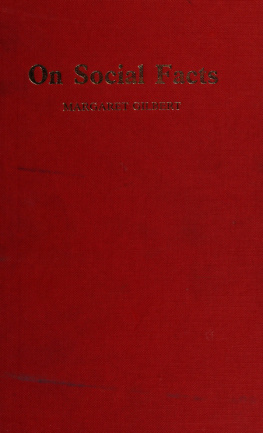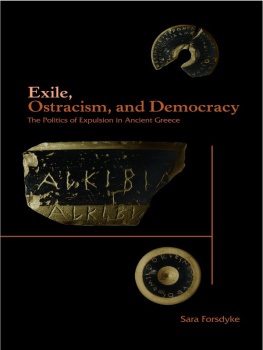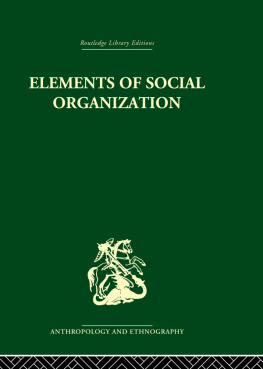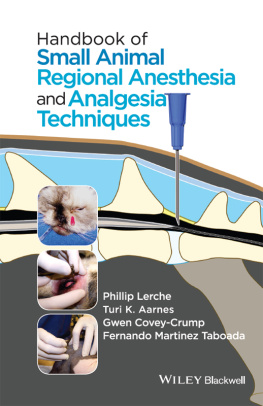The Social Organisation of Exile
Eight exiles are shown (LL16) carrying huge bundles of brushwood to use as fuel in cooking. Some are bent over with the weight of the amount they have collected. The area where they are standing is at the eastern end of the village near the village cemetery. A windmill with struts for sails is visible behind them and the strength of the wind blowing across this strip of land is pushing their trouser-legs against their legs. The man on the extreme right has his head and shoulders protected by sacking.
The Social Organisation of Exile
Greek Political Detainees in the 1930s
Margaret E. Kenna
University of Wales Swansea, UK
Copyright 2001 Margaret E. Kenna Published by license under the Harwood Academic Publishers imprint, part of The Gordon and Breach Publishing Group.
All rights reserved.
No part of this book may be reproduced or utilized in any form or by any means, electronic or mechanical, including photocopying and recording, or by any information storage or retrieval system, without permission in writing from the publisher.
First published in 2001 by Harwood Academic Publishers
This edition published 2013 by Routledge
2 Park Square, Milton Park, Abingdon, Oxon 0X14 4RN
711 Third Avenue, New York, NY 10017
Routledge is an imprint of the Taylor & Francis Group, an informa business
British Library Cataloguing in Publication Data
A catalogue record for this book is available from the British Library.
ISBN 9058231437
This image (LL24) shows thirteen men sitting on the downward hillslope below the communes offices (the arched gateway visible in Figure 14 can be seen here from the other side). Most of the men in this group are wearing ties, three of them are holding walking sticks (bought from an exiled animal-thief). The photograph may record the members of one of the committees of the commune, or a group from a particular town or locality. Behind the group, men can be seen on the terrace outside the Pergamili house. Below the house three men are standing, one of whom is waving his cap at the photographer. To the right, someone who may be a villager looks on from the terrace of another house. The remains of the kastro, the Venetian fortress around which the village is built, can be seen at the top of the picture. The negative has been captioned in the top left hand corner: Anafi 20 Martiu 1938 (Anafi 20 March 1938).
A work party of exiles carrying brushwood |
The research on which this book is based was partly funded by the following bodies: research in 1987/88 which first brought to light the archive of negatives was carried out with a grant from the Social Affairs Committee of the Economic and Social Research Council; a special grant from the Research Support Fund of the University of Wales Swansea made possible a visit to Greece and the copying of the glass and celluloid negatives; sabbatical leave and study leave of three months in both 1994 and 1998 granted by Swansea also facilitated further visits to Greece to interview former exiles and to carry out library research, and allowed me to write this book.
Photographs from the Anafi archive are used by permission. My greatest thanks go to the members of the family who allowed me first to see the negatives and then to have them copied. We have been friends for over thirty years and I regard them as dearly as I do my own family. Quotations from published and unpublished memoirs are also used by permission of the individuals concerned and the respective publishers.
This book would not have been possible without the help and support of: Vassilis Anthis, Penelope Birtles, Philip Carabott, David Close, Hagen Fleischer, Nitsa Gavrielidhou, Neil Harding, Mick Lineton, Eleni Kalliga, Apostolos Kaltis, Aglaia Kasdagli, Khristos Khristopoulos, Yiorghos Kiriakou, Elizabeth Kirtsoglou, Elsa Koppassi, Efthimios Mariakakis, Panos Manolopoulos, Howard Moss, Dhemos Neldhis, Beth Nicolson, Mike Pany (Prodromos Panyiotopoulos), Efi Rossou, Marion Sarafis, Irini Skalidhou, Chris Stray, Dimitris Theodossopoulos, Amalia Tsiairi, Vardhis Vardhinoyiannis, Alekos Zakhariadhis and Vasso Zakhariadhou. I also thank all my colleagues in the Department of Sociology and Anthropology, University of Wales Swansea. The skill and patience of Roger Davies has ensured that the images from the archive of negatives appear as sharply as possible in the illustrations to this book.
This book is dedicated to the memory of Joseph Buist Loudon (19211999).
In transliterating Greek, I have used the system currently recommended by the Journal of Modern Greek Studies. This suggests that names of well-known people and places should be given in the most customary English form (Athens not Athina, Cavafy not Kavafis), so readers may find some inconsistencies.
a |
v |
gh before a, o, u, consonants |
y before i, e |
dh |
e |
z |
i |
th |
i |
k |
|
m |
n |
ks |
o |
P |
r |
, | s |
t |
i |
f |
kh before a, o, u, consonants and after s |
h before i, e (except after s) |
ps |
o |
e |
ng |
g initially |
ng medially |
nkh |
a |
i |
ef before voiceless consonants |
ev before vowels, voiced consonants |
b initially |
mb medially |
i |
o |
u |
o |
o |

